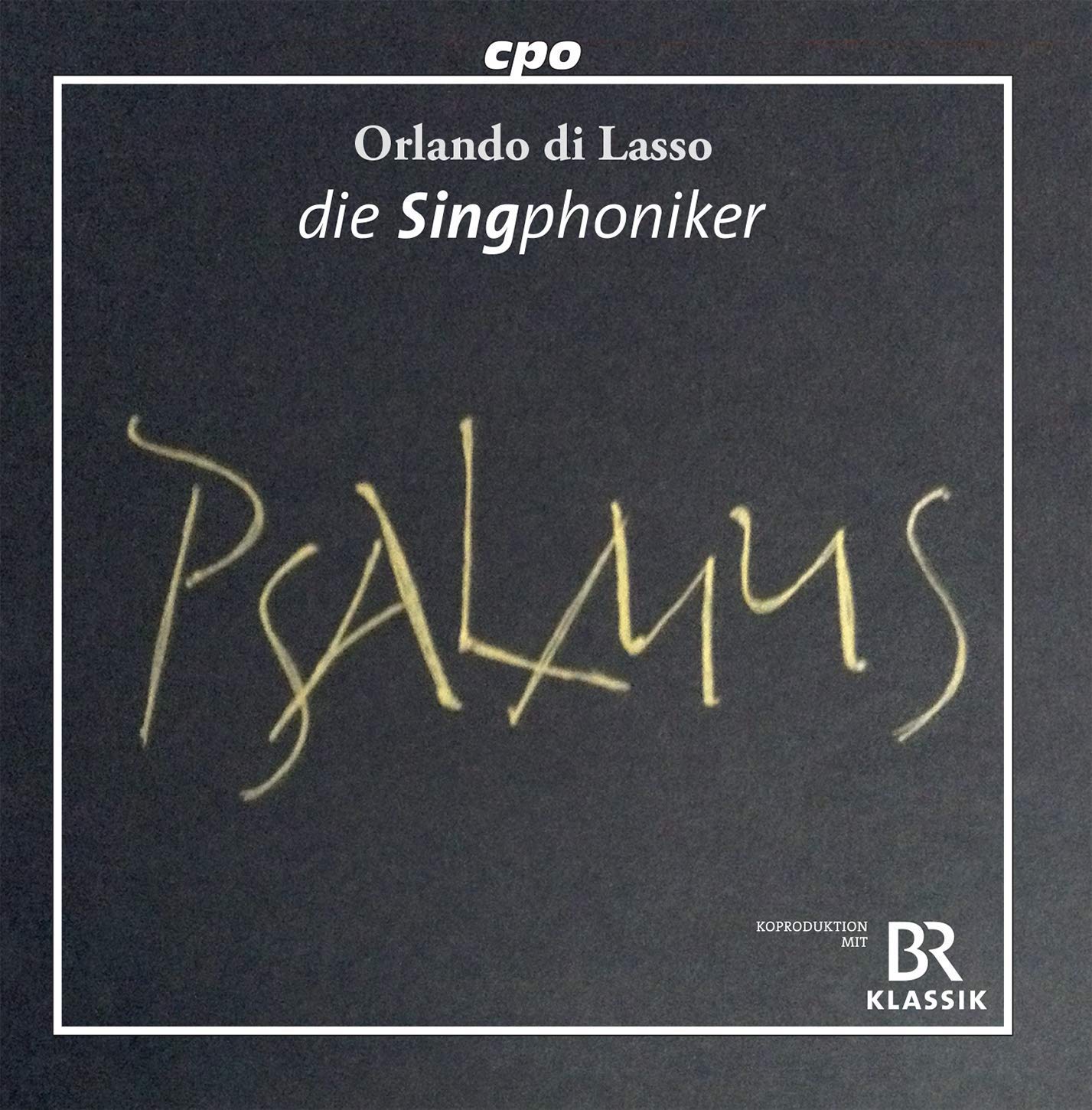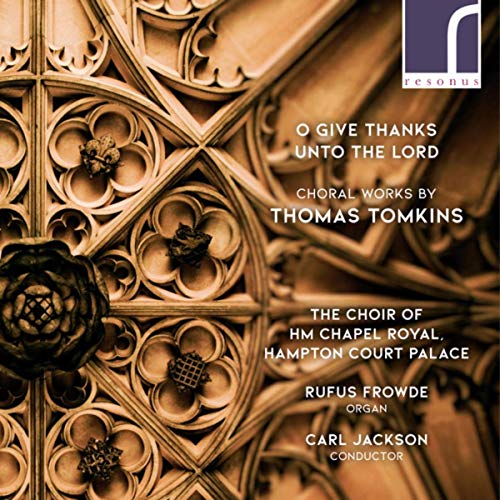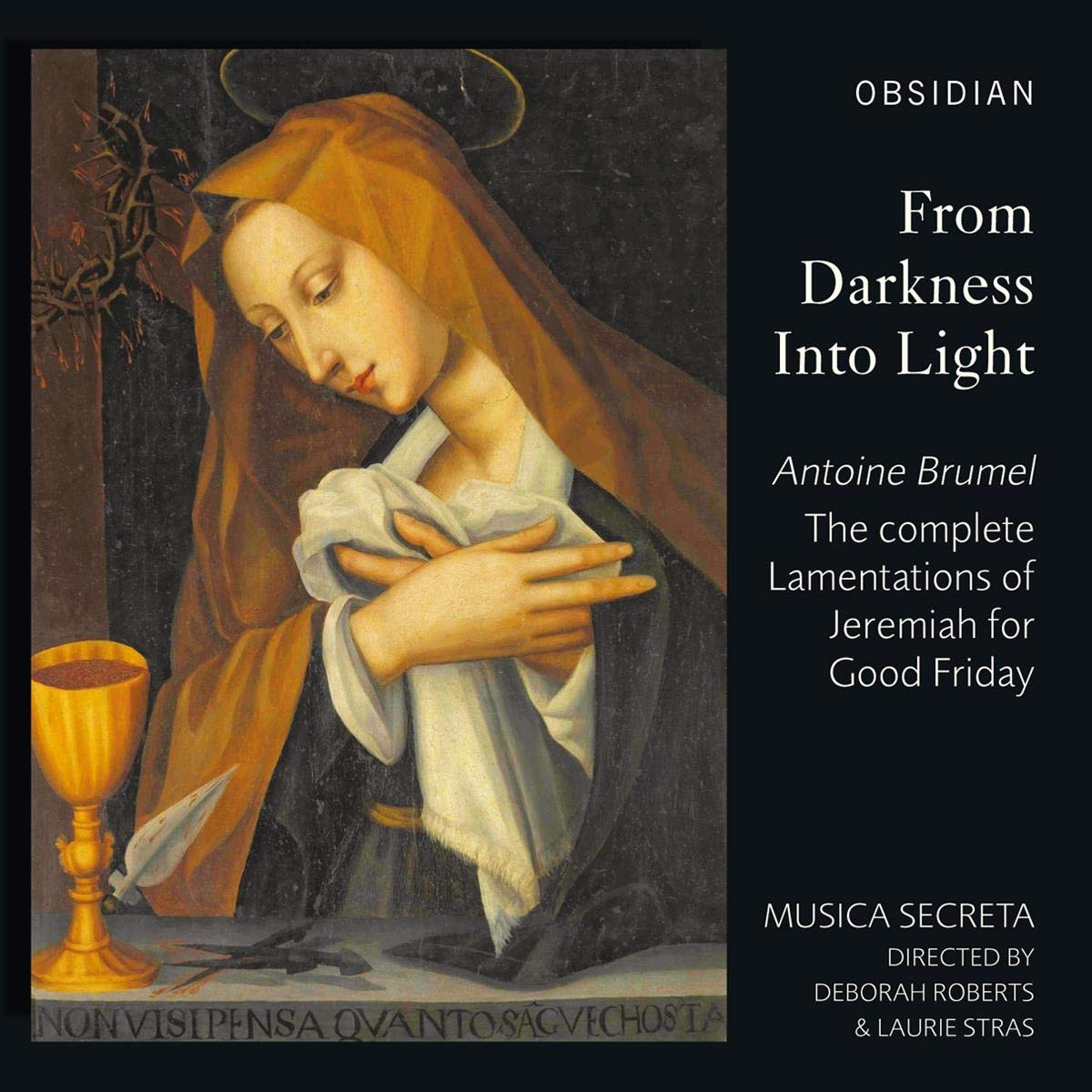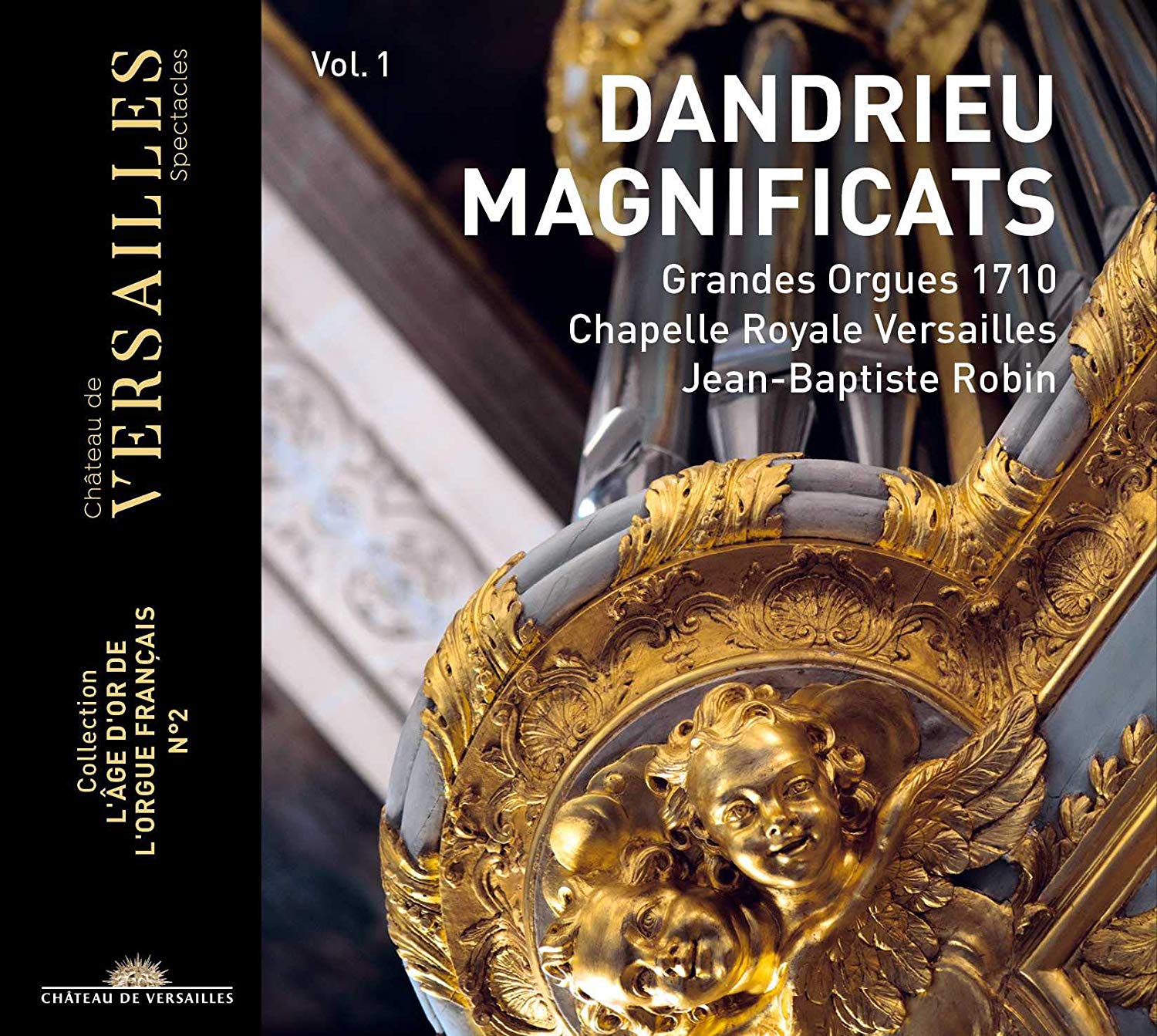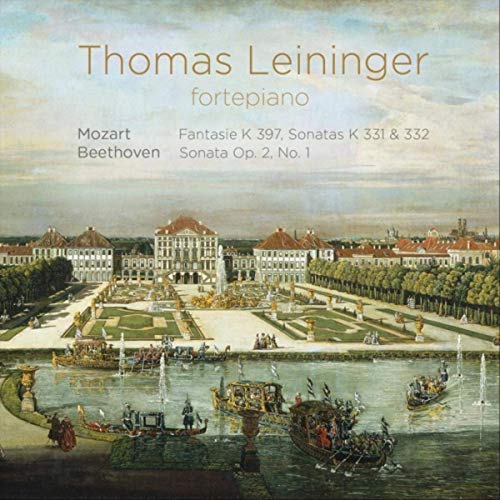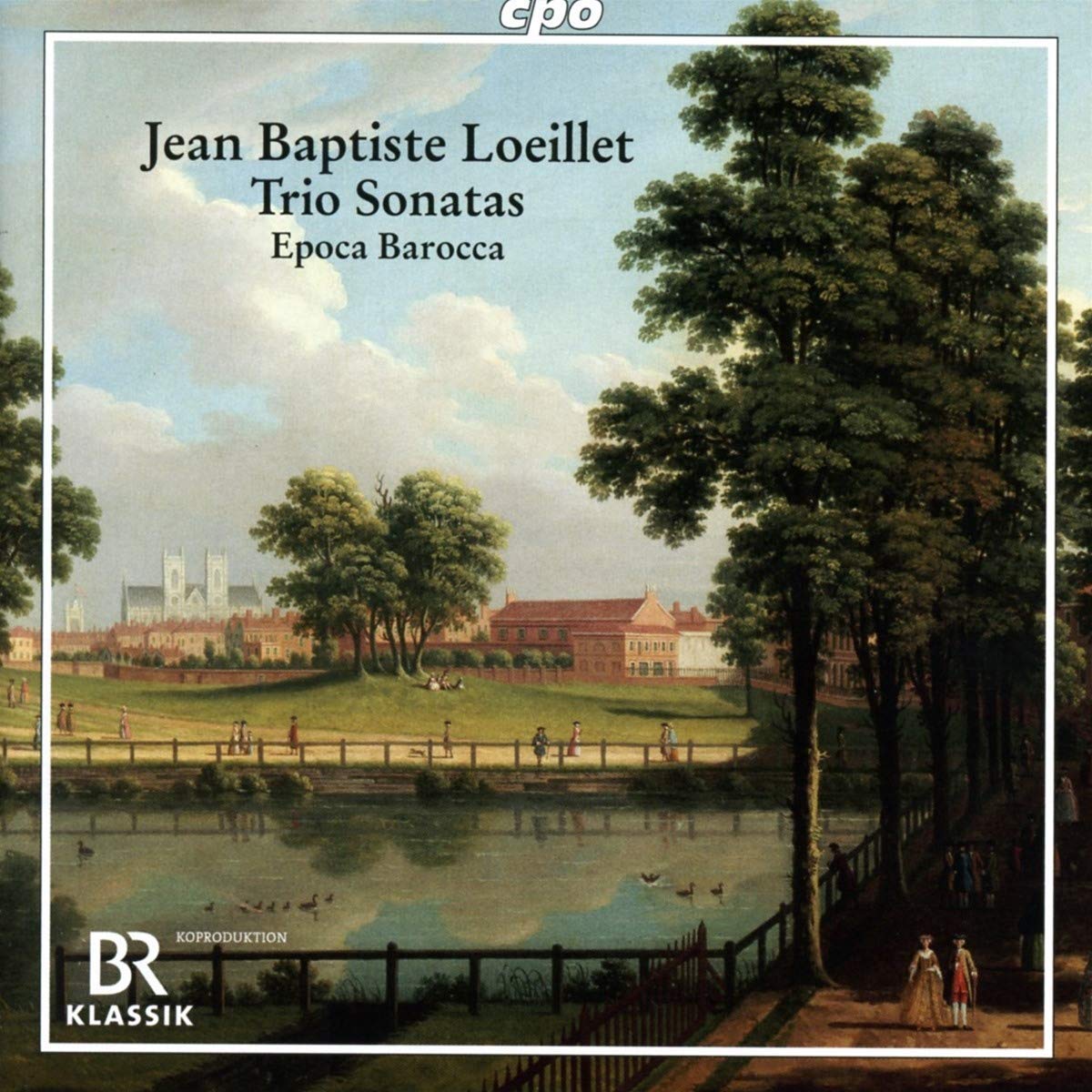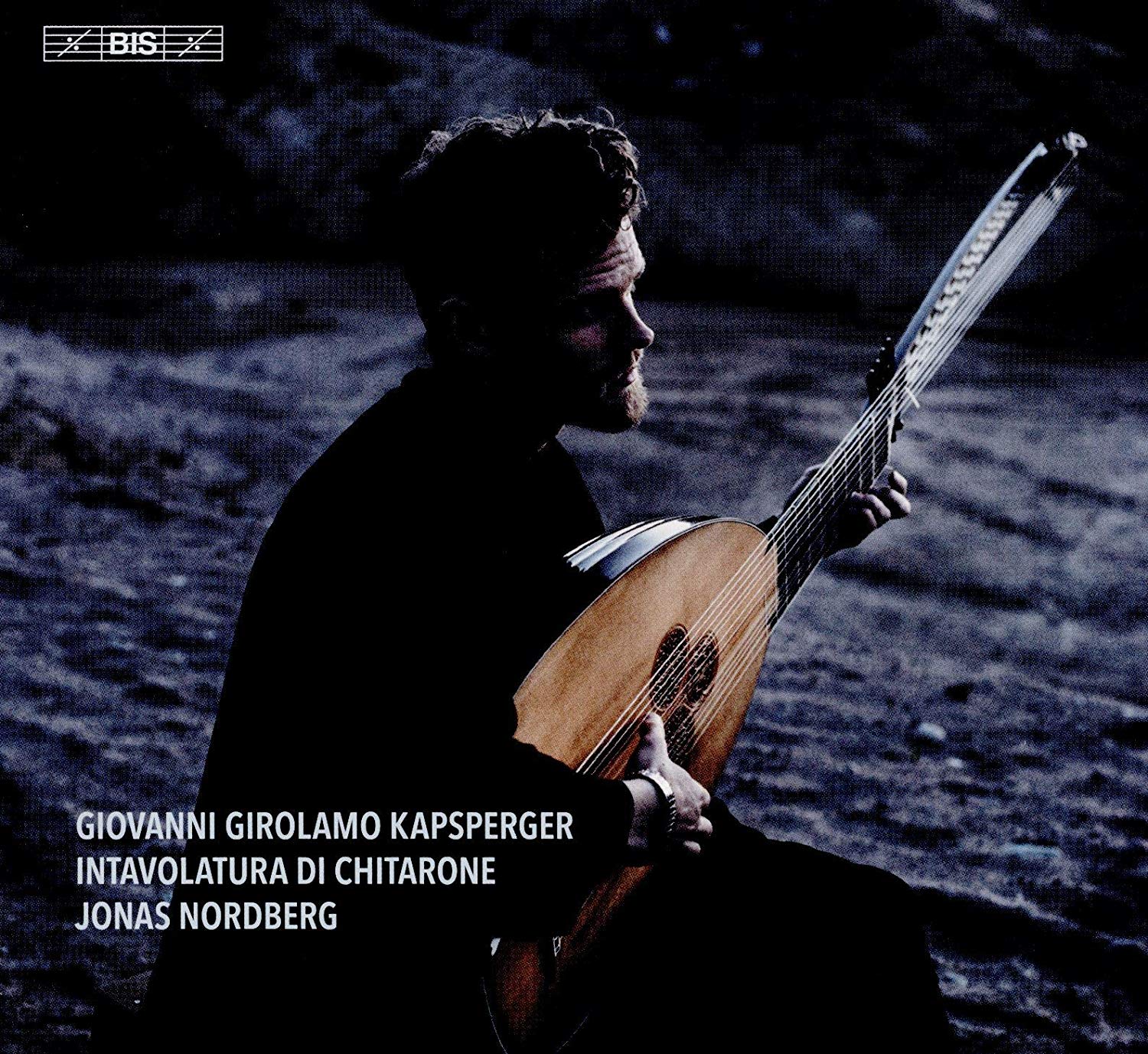Choral works by Thomas Tomkins
The Choir of HM Chapel Royal, Hampton Court Palace, Rufus Frowde organ, Carl Jackson conductor
74:25
resonus RES10253
This is another outstanding recording of music from the Tudor and Stuart period composed by a Gentleman of the Chapel Royal, and sung by the Choir of the Chapel Royal, Hampton Court, under Carl Jackson. The greatest composer to have been born in Wales, Thomas Tomkins (1572-1656) is effectively two generations beyond Thomas Tallis, whose music was featured on this choir’s previous release (Resonus Classics RES10229). On that recording it was only the Gentlemen who performed, whereas on this recording the choir’s eighteen trebles are put through their paces on the majority of the tracks. The programme consists of two verse services and several verse anthems with the trebles, plus a handful of anthems all but one for men’s voices, besides three appropriate keyboard works. This time the six regular Gentlemen sing without the eight supernumeries who joined them on the preceding release. Nearly half of the nineteen tracks, and indeed over half of the choral items, are premiere recordings. Previous discs devoted to Tomkins’s Anglican music have tended to stick to a limited diet of items already recorded, with perhaps just one or two novelties, all the more disappointing given Tomkins’s substantial surviving oeuvre all of a consistently high quality and easily accessible in printed editions from either Stainer and Bell or Cathedral Press. It is to be hoped that the contents of Hampton Court’s disc will set the template for future recordings of Tomkins’s sacred music.
This judicious selection is expertly discussed by one of the Gentlemen, Christian Goursaud (a Research Fellow at the Royal Birmingham Conservatoire), in the excellent accompanying booklet. Even the items which have already been recorded are well chosen: most have rarely been recorded previously, and all are of top quality even by Tomkins’s lofty standards. The major source of material for this album is Musica Deo sacra [MDS], the posthumous compilation of his Anglican music published by son Nathaniel in 1668. Some pieces on this recording have been selected from those that survive only in manuscript, and in most cases have had to be editorially reconstructed. One such is the Seventh Service, a verse Service that, notwithstanding its numbering, undoubtedly dates from early in the composer’s career: five of Tomkins’s Services were published and numbered accordingly in MDS so this and its predecessor, both significantly influenced by Tomkins’s “much-reverenced Master” Byrd, have had to be tacked onto the end of the printed sequence as Sixth and Seventh. (The Sixth Service, probably another early work, has been recorded by the Choir of St John’s College, Cambridge on Chandos CHAN 0804.) Goursaud rightly draws attention to those occasions when Byrd’s influence can be discerned in the works on display here, but this should not imply (and indeed Goursaud does not do so) that Tomkins’s music is in any way derivative or unoriginal. On the contrary, even when he uses explicit word-painting in passages such as “and why go I so heavily” in Give sentence with me, such is his ability that the passages in question sound fresh and delightful. He can also produce some joltingly fine phrases, such as the music to which he sets the abstract but alliterative text “and the strength of sin is the law” in Death is swallowed up, a distinguished verse anthem which is one of those omitted from MDS; it also contains one of Tomkins’s fine sequences at “through our Lord Jesus Christ”, as also does the sublime sacred song for the full choir Turn unto the Lord, probably the most familiar piece on the disc, at the words “His mercy is everlasting”. Similarly worthy of mention is “from the great offence” in Who can tell how oft he offendeth, not least for the powerful delivery first by the countertenor soloist Karl Gietzmann, then by the whole choir when they repeat these words after the soloist’s verse. Tomkins’s scoring is always excellent, as for instance his deployment of high voices in the Magnificat of the Seventh Service. The anthem The heavens declare sung by the Gentlemen is the other work that is familiar on disc, and this recording has a good claim to be the finest yet. Finally, for structure it would be hard to beat Tomkins’s narrative of Doubting Thomas in Jesus came when the doors were shut, another of the verse anthems excluded from MDS, which tells the story briskly yet expressively, and knows when to stop.
Turning to the pieces for keyboard, although Rufus Froude is credited as the organist on this disc, it is Carl Jackson who places all Byrdbrains in his debt by being the first to observe, according to Christian Goursaud’s notes, “that the head motif in A Fantasy (Musica Britannica vol. 5, no 22) appears to be a quotation from Byrd’s motet Ne irascaris Domine”: in fact the opening in the uppermost part of the “secunda pars” Civitas sancti tui. Also present are Gloria tibi Trinitas (MB 5/7) which is in fact an In nomine (explained in the booklet), and the disc concludes with a Voluntary (MB 5/30) which is built around a theme thought by many to be a typically English cadential phrase, but in fact to be heard inter alia in Brumel’s Lamentations from around 1500, which I shall be reviewing in EMR imminently.
I have already complimented the selection of material on this disc, and the performances are all that one could desire. The trebles are responsive and confident, the soloists from among them have pleasant voices with good diction, and the Gentlemen all have voices well suited to this repertory; I hope his capable colleagues will excuse me if I pick out the countertenor Hamish McLaren for his contribution to the verse anthem Jesus came when the doors were shut. Rufus Frowde plays his accompaniments and solos idiomatically, and Carl Jackson interprets the texts with decorous sensitivity, unerringly choosing the ideal tempo for each piece. With its excellent repertory, several premieres and consistently fine performances, this recording is a most important and distinguished addition to the Tomkins discography.
Richard Turbet
Click HERE to buy this as a digital download on amazon.co.uk

